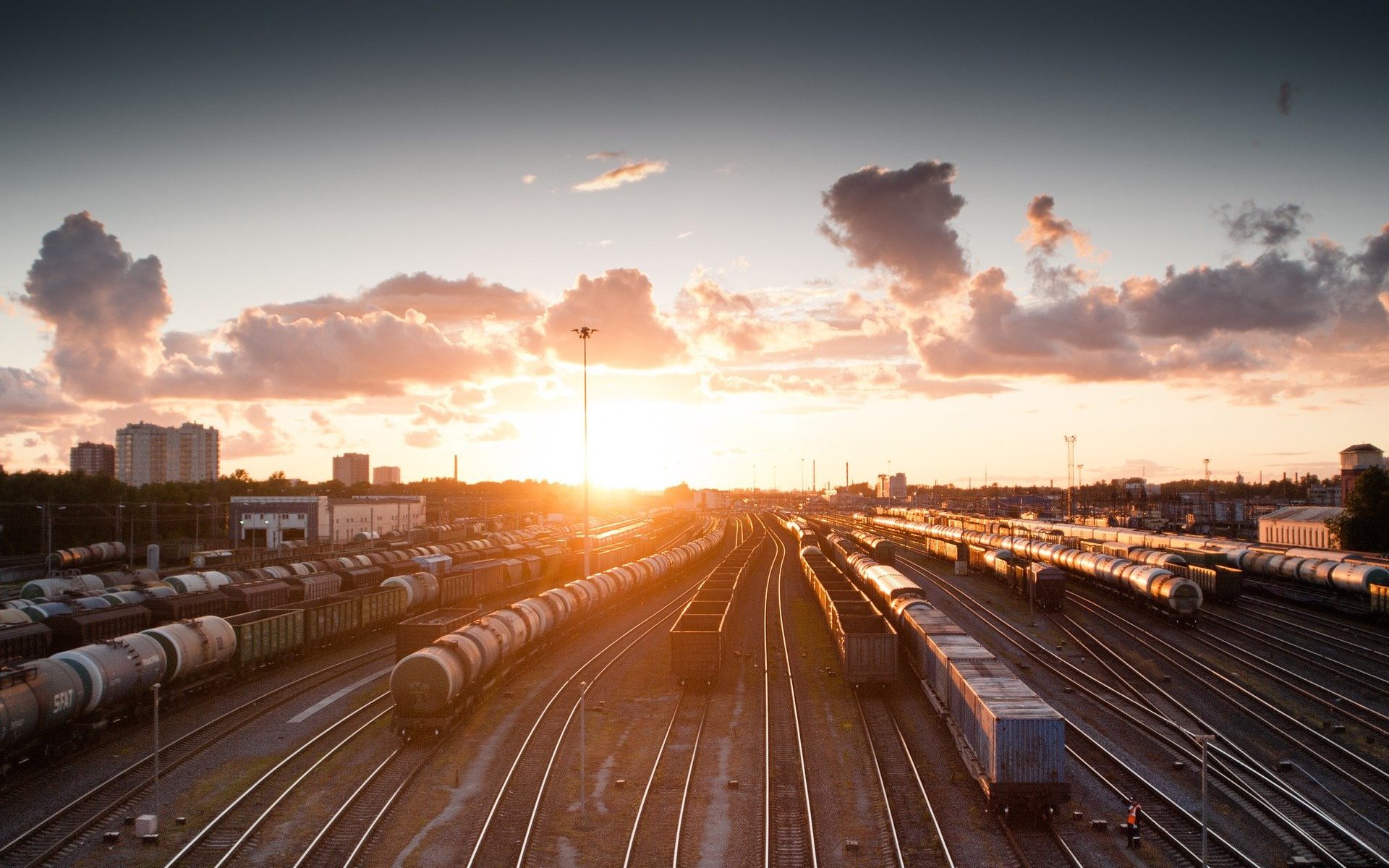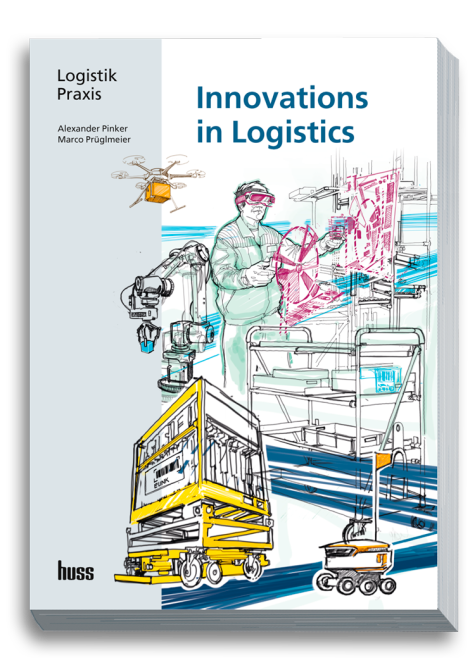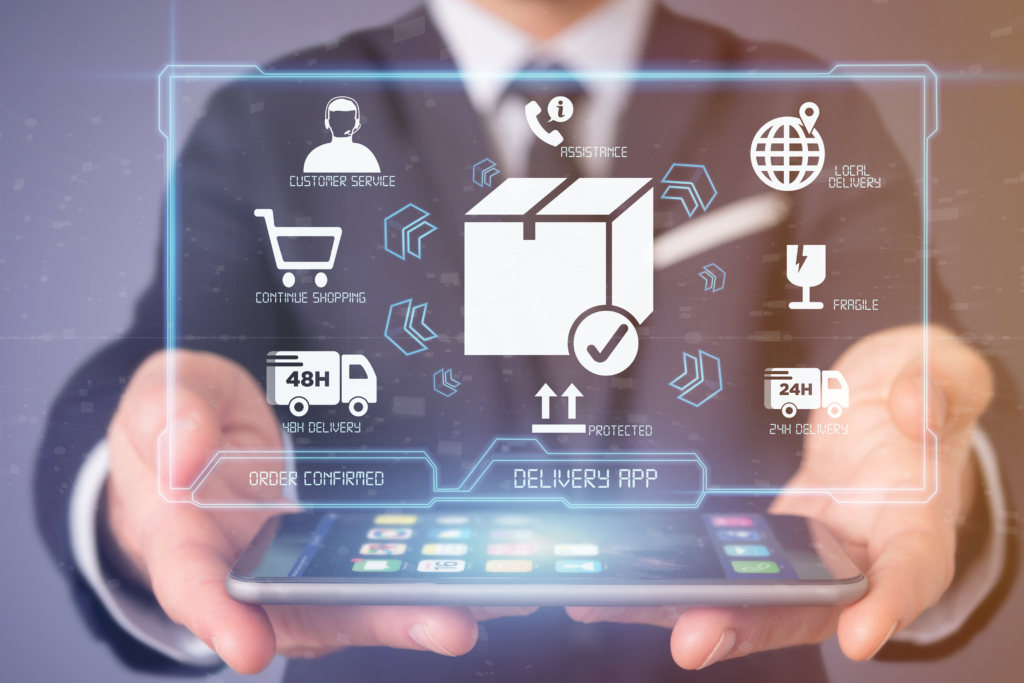These contents await you
This is how innovation in logistics succeeds
VUCA World
Welcome to the VUCA world. Our society and our companies are continuously changing. This chapter deals with the fundamentals of change.
Technologies
Whether artificial intelligence, robotics, LIDAR, SLAM or immersive technologies such as augmented reality and virtual reality. Here you can learn everything about the technological future of logistics.
Change in the way of working
From sustainability to additive manufacturing. In this section, we take you into the world of tomorrow and show new demands on tomorrow's logisticians.
Change in logistics
Logistics is changing. Here you can learn all about the innovations in the production halls, warehouses, on the premises and on the way to the customer.
Implementation
The path to implementing such a transformation is not an easy one. For this reason, we also share in the book the most important steps to a successful transformation of processes and logistics as we know them.
Identify partner
The future is very difficult to shape alone. You need the right partners to support you every step of the way. Partners here are startups, science and research, or even the competition.
Planning and communication
Innovation in logistics requires strategy and transparency. Find out here which tried-and-tested models are possible here and how you can get your employees on board.
Vision
To really drive change in logistics, you need a vision of the future. So here we take a look at an ideal future in which all the scenarios from this book have been optimally realized.
Learn more here
Important pages on innovation in logistics

The book
How will logistics change? Read our ten theses for the future.

The authors
Learn more about the background of the authors Alexander Pinker and Marco Prueglmeier.

The future
Find out more about our exclusive advanced training bundle on innovations in logistics here.
More about the Book
#LogisticsGoesHighTech

Technologies, innovations and trends in logistics develop faster than ever. The authors take the reader through a multitude of new technologies and future trends and describe the achievable effects. State-of-the-art IT and computer technology, additive manufacturing and cloud computing are just as much a part of modern logistics systems as autonomous mobile robots. Like modular construction kits, modern industrial systems are built from the most suitable technologies. Looking beyond the mere technology, the authors also illustrate the role of project partners implementing such systems and, of course, humans in their working environment as users of the technologies.
The book is designed as a guide through the changes in the logistics sector and encourages its readers to dare innovations: with high practical relevance, a comprehensible overview of new technologies and their fields of application, clear advice for the solution-oriented introduction as well as concrete implementation of new technologies and finally a vision of where individual companies can develop to in the future. Be it in production with the associated logistics processes, or for the entire supply chain to the customer. The book is not only for large corporations, but specifically also for small and medium-sized enterprises that are open to innovation and want to drive new technologies in logistics forward.
Our offer to you
Shape the innovation of logistics!
What you get
What awaits you in the book and in our courses
Technologies
Examples
Practical tips
The experts
Alexander Pinker & Marco Prüglmeier
Testimonials of the books
What our readers say







